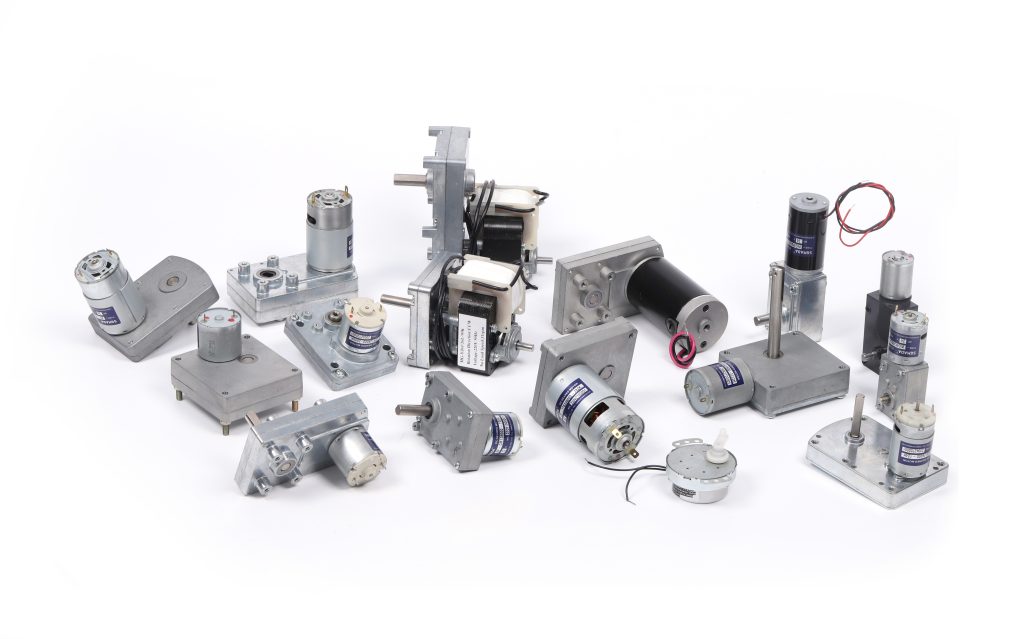Mobile:+86-311-808-126-83
Email:info@ydcastings.com
aluminium billet casting
Aluminium Billet Casting An Overview
Aluminium billet casting is a critical process in the manufacturing of aluminium products, serving as a stepping stone from raw material to finished goods. This technique involves the melting of aluminium scrap or ingots, followed by the casting of the molten metal into predetermined shapes to create billets. These billets are then further processed, typically through extrusion or forging, to produce various components used across numerous industries.
The journey of aluminium billet casting begins with the selection of high-quality aluminium scrap or ingots. This is crucial since the quality of the raw material directly impacts the final product. The melting process is carried out in a furnace, where temperatures must be carefully controlled to ensure that the aluminium reaches its melting point without degrading its properties. Modern furnaces often utilize advanced technology to achieve energy efficiency and minimize the release of harmful emissions.
Once the aluminium is melted, it is poured into moulds that define the shape and size of the billets. The casting can be performed using different methods, including direct chill casting and continuous casting. In direct chill casting, the molten aluminium is poured into a water-cooled mould, where it solidifies quickly to form a billet. This method is particularly beneficial for producing billets with uniform cooling rates, which enhances mechanical properties.
On the other hand, continuous casting allows for the continuous flow of molten aluminium into a long, narrow mould. This method offers advantages in terms of efficiency and reduced waste, as it can produce longer lengths of billets with consistent dimensions. Both methods require close monitoring and skilled operators to ensure the quality of the cast billets.
aluminium billet casting

After casting, the billets undergo heat treatment processes to improve their properties further. Heat treatment can alter the microstructure of the aluminium, enhancing characteristics such as strength and corrosion resistance. This step is essential for applications that demand high performance, such as aerospace, automotive, and construction industries.
Once the heat treatment is complete, the billets are typically subject to further processes like extrusion or machining. Extrusion involves pushing the heated billets through a die to create profiles of various shapes, while machining removes material to achieve specific dimensions or finishes. These processes open up a multitude of applications for aluminium products, including structural components, automotive parts, and consumer goods.
Finally, aluminium billet casting plays a vital role in the sustainability of the aluminium industry. The recycling of scrap aluminium not only conserves raw materials but also significantly reduces energy consumption compared to primary aluminium production. This makes aluminium billet casting a more environmentally friendly choice, aligning with global efforts toward sustainable manufacturing practices.
In conclusion, aluminium billet casting is a fundamental process that bridges the gap between raw aluminium and finished products. Through various casting methods and subsequent processing, manufacturers can produce high-quality aluminium billets that meet the demands of diverse industries. As technology advances and sustainability becomes increasingly important, the role of aluminium billet casting will continue to evolve, ensuring its significance in the manufacturing landscape.
-
Automobile Water Pumps in Vehicle PerformanceNewsMay.21,2025
-
Valve Box Cover Cast Iron: The Backbone of Fluid Control SystemsNewsMay.21,2025
-
Pump Impeller in Fluid DynamicsNewsMay.21,2025
-
Baffled Oil Pans in Racing Cars: How They Improve PerformanceNewsMay.21,2025
-
Compressor Housing Turbo in Pump EngineeringNewsMay.21,2025
-
Why Oil Pan Thickness Matters for Engine SafetyNewsMay.21,2025











